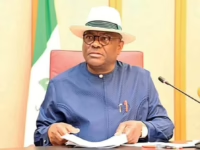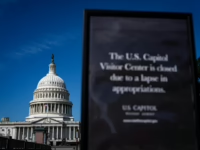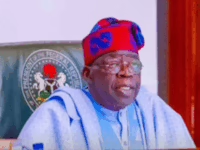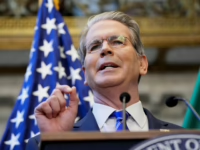Stablecoins-cryptocurrencies pegged to traditional fiat currencies-are poised to revolutionize cross-border trade in the Global South by reducing transaction fees and accelerating payment speeds. Ray Youssef, CEO of Noones, a Panama-based peer-to-peer crypto trading platform focused on the Global South, highlights that these digital assets enable unrestricted participation in international commerce, bypassing the bureaucratic hurdles that often exclude many from conventional financial systems.
During a TechCabal Moonshot panel, Youssef emphasized how stablecoins are already transforming payment methods, transaction settlements, and value storage for traders across Africa.
“We’ve built our own financial infrastructure in Africa; the remaining challenge is the monetary system itself, which remains largely controlled by Western institutions,” he noted.
Small and medium-sized enterprises throughout Africa and beyond depend heavily on traditional cross-border payment networks. Stablecoins offer a promising alternative by enabling instantaneous settlements and minimal transaction costs, potentially streamlining the flow of funds.
In 2024, stablecoin transactions in Africa surpassed $54 billion, with Nigeria, Ghana, and Kenya leading the charge. However, much of this volume is driven by speculative trading rather than commercial use, indicating that stablecoins have yet to become the primary medium for everyday business transactions. For instance, in Ethiopia, where digital currencies are gaining traction for retail payments, adoption rates remain modest.
Despite the enthusiasm surrounding stablecoins’ role in facilitating large-scale international trade, regulatory uncertainties and technical limitations continue to pose significant obstacles. Many African regulators have yet to clarify how stablecoins fit within existing monetary frameworks. Without clear policies on issuance, taxation, and convertibility, widespread adoption will be hindered. Youssef argues that regulatory approaches often serve as control mechanisms that are incompatible with the decentralized nature of cryptocurrencies.
“Regulation hasn’t guaranteed safety,” Youssef asserted. “Platforms like FTX and Binance operated under regulation. Instead, regulations often restrict capital movement, exacerbating poverty. This poverty breeds fraud, which then justifies even stricter regulations-a vicious cycle.”
Infrastructure challenges also persist, as numerous banks and payment processors lack the capability to integrate stablecoin technology into their systems. This gap creates friction for traditional financial institutions, which have historically maintained strong regulatory relationships, to engage with crypto-based payment rails.
“Africa has long been viewed primarily as a consumer market,” remarked Shonibare. “The sooner we start building, the sooner we can influence the evolution of this technology.”
From an investment perspective, Satoshi Shinada, managing partner at Verod-Kepple Africa Ventures, sees growing enthusiasm for compliance-focused stablecoin projects in Africa.
“Stablecoins are inherently stable because they are backed by assets like government bonds,” Shinada explained. “Institutionalizing stablecoins by embedding them into payment systems is key to building trust and encouraging everyday use.”
The promise of stablecoins to enhance cross-border trade in Africa is vast. However, realizing this potential hinges on the ability of regulators, innovators, and investors to transition from discussion to the implementation of practical, user-friendly solutions.
Consensus among the panelists was clear: stablecoins are here to stay, and the time has come for their widespread adoption.























0 Comments